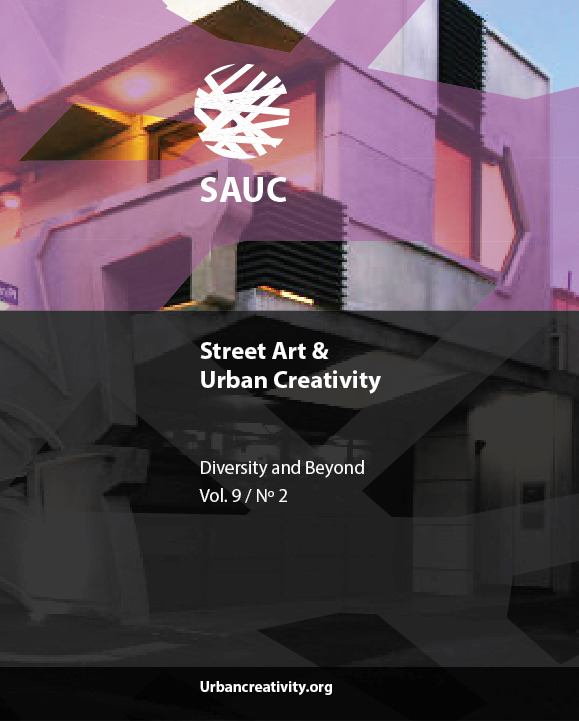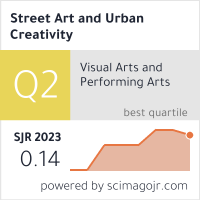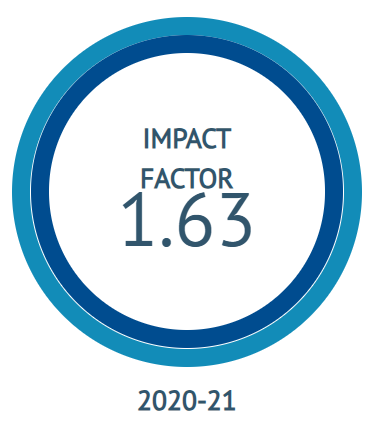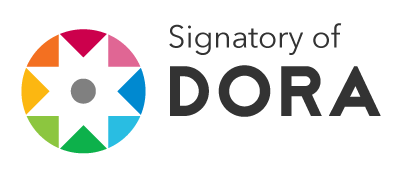Graffiti, street art, murals and music
DOI:
https://doi.org/10.25765/sauc.v9i2.751Keywords:
Graffiti, street Art, Music, schoolAbstract
This research analyzes graffiti and murals made by young artists who are school students in Kosovo, and some of the professional artists, as a visual expressive description for certain purposes. Murals and graffiti which are made by students differ from those by professional artists in the field of visual arts, for the fact that naturally the graffiti made on the internal and external walls of schools display superficial and educational messages but still show creative aspects of the feeling for mural painting. A part of the graffiti were interwoven with musical art and represent the influence or inspiration from various musical components which in their images show musical content in the representation such as: musical instruments, musical performers, musical genres, musical bands (orchestras), and various musical symbols, notes, staff (pentagrams), musical keys, etc. The graffiti made by the students show their peculiarities in the content and in their messages. They are numerous in some schools in Kosovo, where graffiti fulfills the need of students to enforce any given topic, either social or educational. The importance and peculiarity of this research is that it highlights that the creation of graffiti-murals by students of different ages contains and displays empowering messages on certain topics, although art can also be used in other mediums where they convey their messages, however, in the murals there lies a greater power for conveying a message.
Downloads
Global Statistics ℹ️
|
199
Views
|
116
Downloads
|
|
315
Total
|
|
Downloads
Published
How to Cite
Issue
Section
License
Those authors who publish in this journal accept the following terms:
-
Authors retain copyright.
-
Authors transfer to the journal the right of first publication. The journal also owns the publishing rights.
-
All published contents are governed by an Attribution-NoDerivatives 4.0 International License.
Access the informative version and legal text of the license. By virtue of this, third parties are allowed to use what is published as long as they mention the authorship of the work and the first publication in this journal. If you transform the material, you may not distribute the modified work. -
Authors may make other independent and additional contractual arrangements for non-exclusive distribution of the version of the article published in this journal (e.g., inclusion in an institutional repository or publication in a book) as long as they clearly indicate that the work was first published in this journal.
- Authors are allowed and recommended to publish their work on the Internet (for example on institutional and personal websites), following the publication of, and referencing the journal, as this could lead to constructive exchanges and a more extensive and quick circulation of published works (see The Effect of Open Access).













